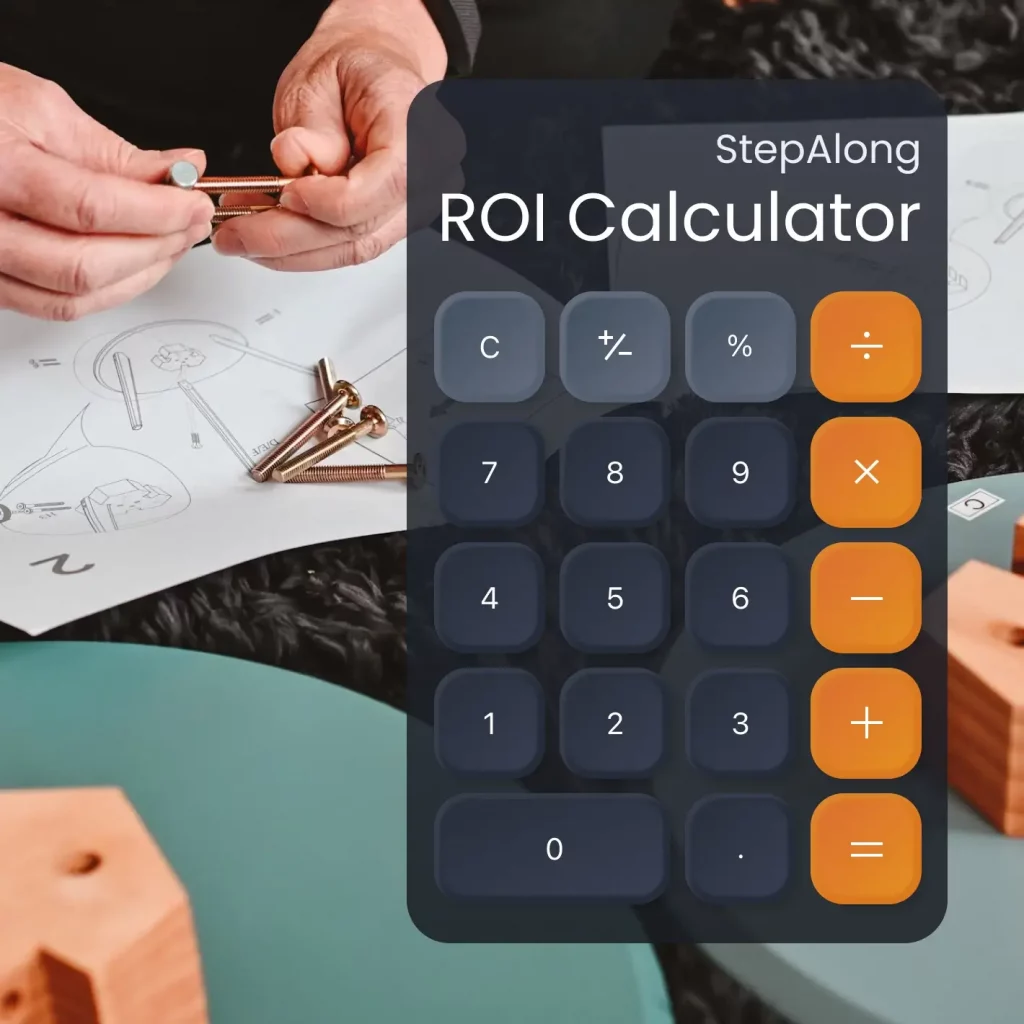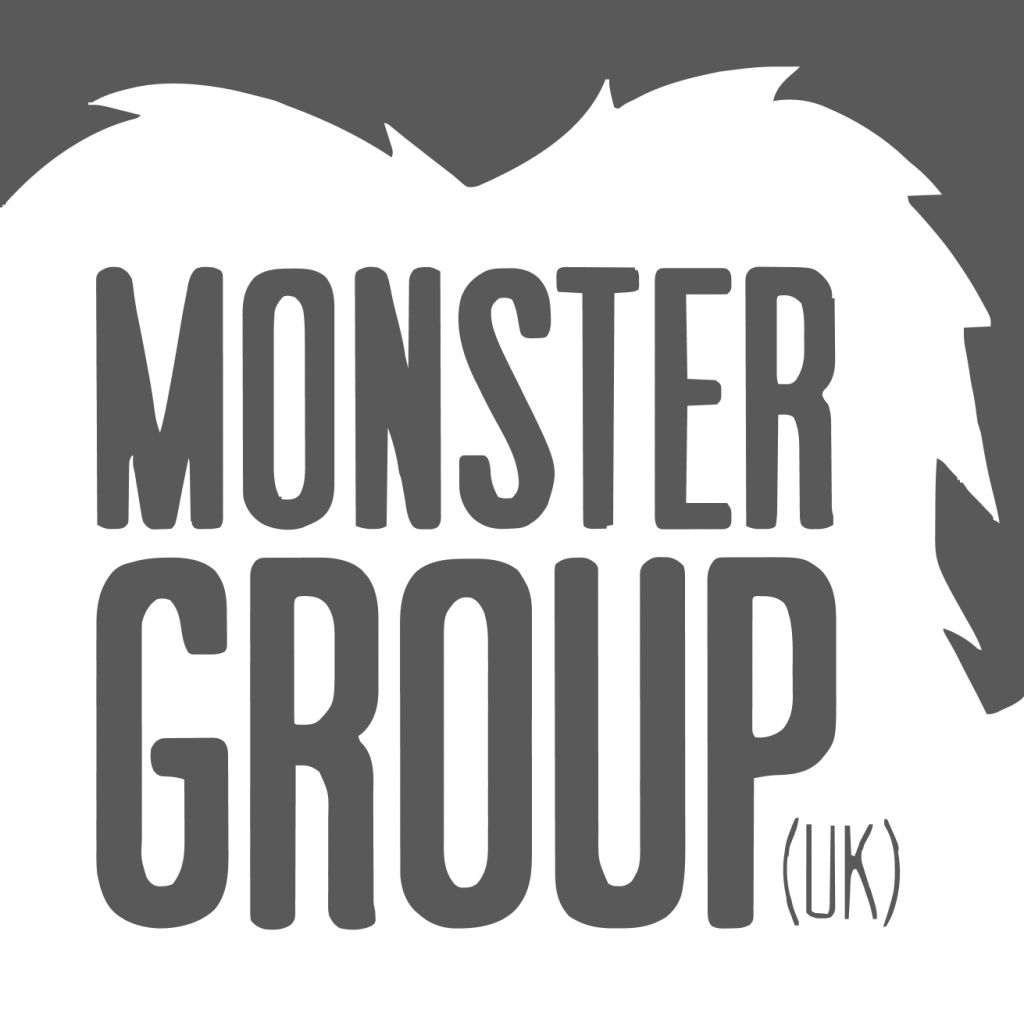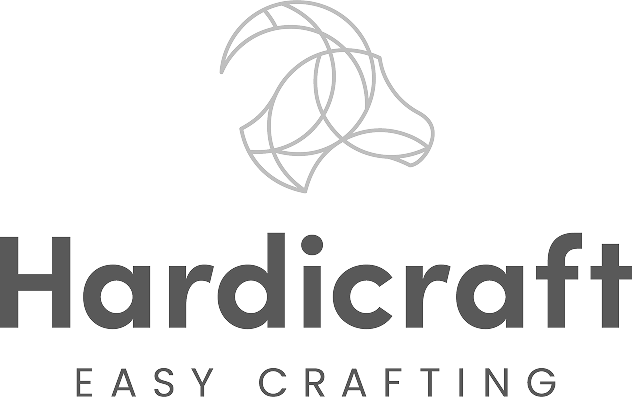
The internet has scaled our ability beyond imagining to create and distribute content. How-tos, guides, instructions, tutorials in many distinct formats are everywhere on the internet and these terms are used interchangeably because they are related, and because Google and SEO makes us use all the words around a concept to try and get more people to our page / channel / profile etc.
Let’s take a look at the definitions of the words that we use daily and think about them more.
What are Instructions?
1 a: an outline or manual of technical procedure : DIRECTIONS
Merriam-Webster Dictionary
b: a direction calling for compliance : ORDER —usually used in plural
had instructions not to admit strangers
c: a code that tells a computer to perform a particular operation
d: PRECEPT: prevailing cultural instructions
2: the action, practice, or profession of teaching
Instructions is the clearest definition here, the word instructions conjures the same images for most of us – following text and images on a piece of paper to build or setup a product. With instructions, there is a strong implication of input / output; if I do this, then this happens. With instructions, there should be little room for interpretation and therefore little room for error.
In the second definition above, the action or profession of teaching, it becomes blurred, the same words have – similar, related – but not the same meaning: I follow instructions to build my shelves, but take instruction in philosophy. We follow instructions (build something, do something specific) but receive instruction (learn ideas, concepts and effects).
This second definition is reflected in Instructional Design, a profession dedicated to the art and science of instruction, meaning teaching. How-to and instruction producers can learn a lot from instructional designers, especially around their focus on outcomes, but they are not designing instructions and how-tos in the way how-to and instruction producers are.
What is a How-To?
1: giving practical instruction and advice (as on a craft)
Merriam-Webster Dictionary
2: a practical method or instruction
The catch-all, most used, both the most general and the most specific all at the same time because it relates to how we think, how we live our lives and how we use search, which is by asking the question ‘How to do that?’ ,‘how to build a shed?’, ‘how to get from Barcelona airport to Barcelona center?’, ‘how to save my relationship?’, ‘how to tie a tie?’.
From the infinitesimal to the infinite, the question / answer combination of “how-to? / how-to:” covers just about everything that we need to move forward in life. How-to is the evolution of the instruction, the user wants to get from A to B, to complete a task, but there is usually more implied knowledge of techniques and terms that may leave some room for varied results. We need to fold the flour, round the corners of the block, set the concrete, devoré the velvet, cross the intersection.
Understanding Tutorial
1: a paper, book, film, or computer program that provides practical information about a specific subject
Merriam Webster Dictionary
2: a class conducted by a tutor for one student or a small number of students
Tutorial has been used more recently to mean the imparting of practical information, however the origin is in academia, where it was used to mean a paper about one specific subject or a small, intimate class (the opposite of a lecture filled with hundreds of students). In the US it is used in a more generic sense, but to my English ears it conjures up images of small rooms with fireplaces and grumpy old academics who have a dodgy past and are reaching for a glass of sherry.
The Many Meanings of Guide
1a: one that leads or directs another’s way
needed a guide for the safari
b: a person who exhibits and explains points of interest
The museum guide was very helpful.
c: something that provides a person with guiding information
used the stars as a guide to find their way back
d: SIGNPOST (sense 1)
e: a person who directs another’s conduct or course of life
He was my mentor and guide during the early years of my career.2a: a device for steadying or directing the motion of something
Merriam Webster Dictionary
The jigsaw was equipped with a guide.
b: a ring or loop for holding the line of a fishing rod in position
c: a sheet or a card with projecting tab for labelling inserted in a card index to facilitate reference
Guide has lots of definitions and covers different use cases, but what we see is that guide is used for capturing larger ideas or and overview of concepts: your guide to New York as opposed to how to get cheap Taylor Swift New York tickets, a guide to making a shed as opposed to how-to make this specific shed.
A guide can be thought of a container of other related ideas. A guide to life would tell you to have a good sleep routine, exercise, eat healthily etc and each one of those in turn might have specific instructions or how-tos to achieve of the ideas.
So, what?
You may feel that it doesn’t matter, that we have to cover all bases because SEO tells us so, to round up all the synonyms and related concepts. That is a valid strategy but can lead to the dilution of what we are doing, to look for traffic and not for satisfied users. I think it is important to be clear what we are doing:
Good definitions are valuable assets. They allow us to assess situations better, have more meaningful conversations, and make better decisions. In contrast, imprecise definitions make it difficult to even agree on what we’re talking about. The conversations end up circling around, going nowhere.
ReferralCandy
If we are precise in our definitions it can help us be more focussed on what we are doing and why we are doing it. It can improve our traffic not necessarily in numbers, but in quality. And it can help us help people by improving the clarity of our instructions and how-tos.
What do you think? Drop me a line




